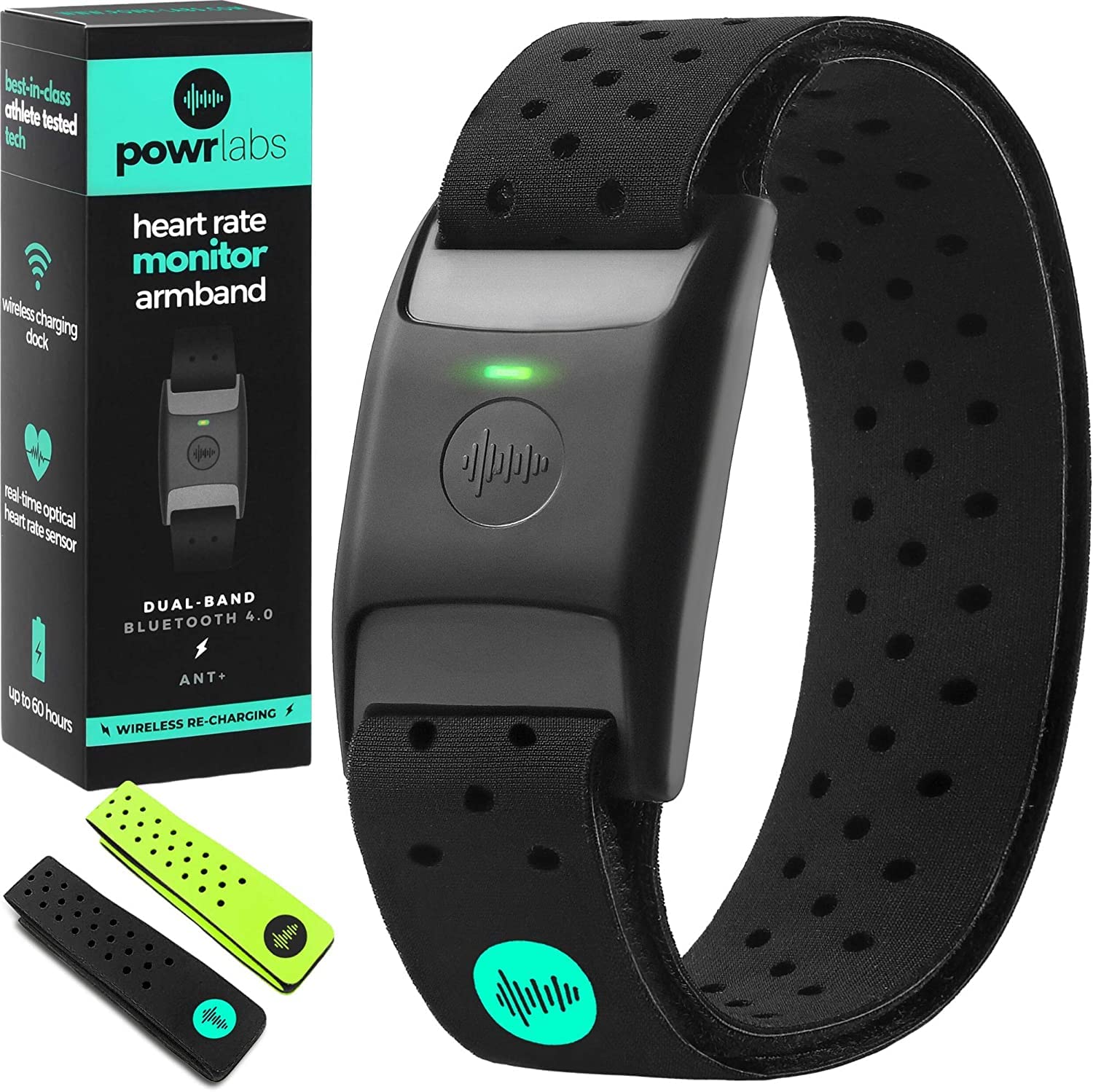Introduction
Patient monitoring is an integral component of modern healthcare, enabling physicians and nurses to track vital signs and provide timely intervention when necessary. Among the various vital signs, heart rate remains a paramount indicator of a patient’s overall health. Heart rate monitors, often underestimated in their significance, are instrumental in tracking this essential parameter. In this blog post, we’ll delve deep into the world of heart rate monitors, exploring their types, applications, and the latest technological advancements in this crucial field.
The Significance of Heart Rate Monitoring
The human heart, a remarkably efficient muscle, beats tirelessly to pump oxygen-rich blood throughout our bodies. Monitoring the heart’s activity provides critical insights into an individual’s health. Changes in heart rate can indicate various medical conditions, from arrhythmias to cardiac diseases, and can also serve as an early warning sign for life-threatening situations.
Types of Heart Rate Monitors
Finger Pulse Oximeters:
Finger pulse oximeters are lightweight, portable devices that clip onto the fingertip to measure heart rate and oxygen saturation levels. They are commonly used in emergency rooms, clinics, and even home settings.
Chest Strap Heart Rate Monitors:
These heart rate monitors consist of a chest strap equipped with sensors that detect heart rate and transmit the data to a wristwatch-like receiver. They are popular among athletes for tracking their heart rate during workouts.
Wearable Fitness Trackers:
Modern technology has brought us wearable fitness trackers that monitor heart rate 24/7. These devices have gained popularity among health-conscious individuals and those looking to maintain an active lifestyle.
ECG Monitors:
Electrocardiogram (ECG) monitors are specialized devices used to provide a comprehensive view of the heart’s electrical activity. These are predominantly found in medical facilities and are crucial for diagnosing heart conditions.
Applications of Heart Rate Monitors
In Hospitals and Clinics
In a clinical setting, heart rate monitors are used to track patients’ heart rates continuously, providing healthcare professionals with real-time data on the patient’s condition. This is particularly important for patients in critical care, post-surgery recovery, or those with chronic cardiac issues.
In Sports and Fitness
Athletes and fitness enthusiasts use heart rate monitors to optimize their workouts. Monitoring heart rate during exercise helps ensure that they stay within their target heart rate zones, providing the best balance between intensity and safety.
Remote Patient Monitoring
Advancements in telemedicine and remote patient monitoring have made it possible for individuals to track their heart rate at home. This has been a game-changer for patients with chronic conditions, allowing them to stay connected with their healthcare providers and receive timely intervention when needed.
Technological Advancements
The field of heart rate monitoring continues to evolve with rapid technological advancements. Some of the latest innovations in heart rate monitors include:
Contactless Heart Rate Monitoring: Advancements in sensor technology now enable contactless heart rate monitoring. This is particularly useful in clinical settings, reducing the risk of cross-contamination.
Artificial Intelligence (AI) Integration: AI is being employed to analyze heart rate data in real-time, offering predictive insights into potential heart issues.
Wireless Connectivity: Many heart rate monitors now come equipped with Bluetooth technology, allowing seamless integration with smartphones and healthcare apps.
Longer Battery Life: Battery technology has improved, leading to longer-lasting heart rate monitors that require less frequent recharging.
Conclusion
Heart rate monitors have come a long way from the traditional pulse-taking methods of the past. They now encompass a wide range of devices that cater to various needs, from clinical monitoring to fitness tracking. As technology continues to advance, heart rate monitors are likely to become even more integral in patient care and overall well-being.
In the ever-evolving landscape of healthcare technology, heart rate monitors hold a special place for their simplicity and impact. These unassuming devices play a vital role in patient monitoring, offering a glimpse into the rhythm of life itself. From hospitals to the fitness track and the comfort of one’s home, heart rate monitors are indispensable tools that ensure we keep our hearts in sync with our health.



